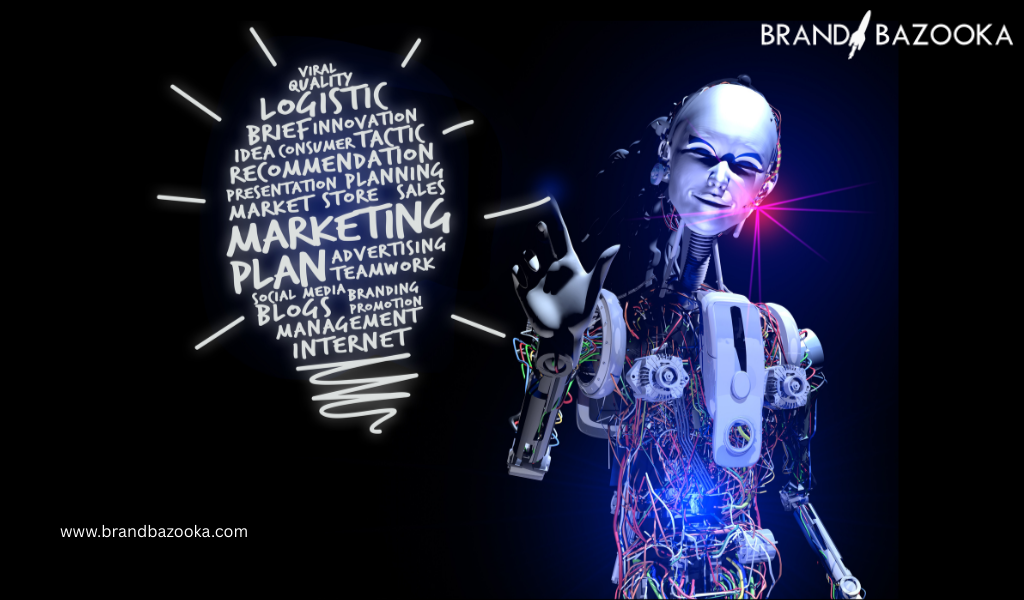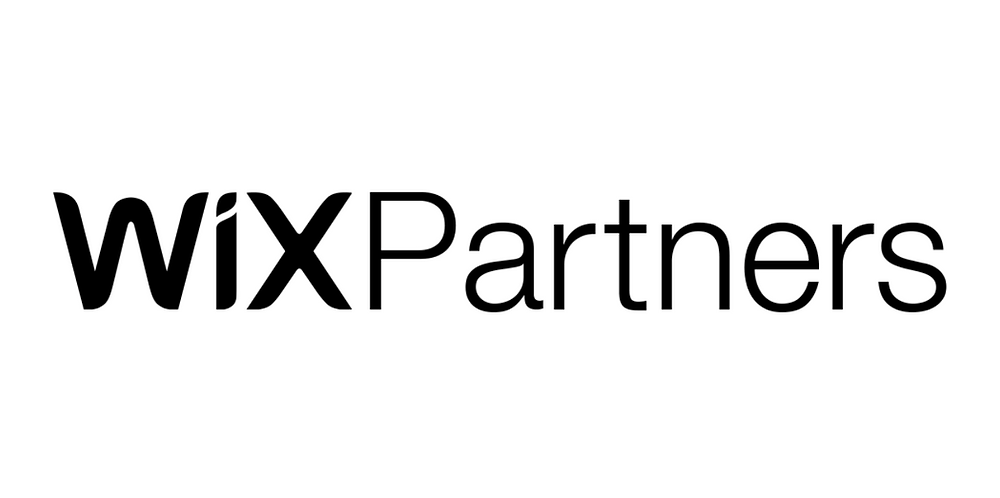In the fast-paced digital age, companies are forever looking for new and novel ways to stay ahead of their competitors, entertain and engage their customers, and optimize their processes. One of the most potent game-changing tools enabling all of this is generative AI. Not only is this making fundamental internal changes to how businesses operate, but it is also changing how brands engage with their audiences through smarter, more personalized marketing. AI in advertising quickly disrupts traditional methods with its dynamic, data-oriented tactics.
In this piece, we look at the changing role of generative AI in business and marketing, its use cases, and why brands should embrace it now more than ever.
What Is Generative AI and Why Does It Matter?
Generative AI is a type of artificial intelligence used to generate content (text, images, video, or audio) that is new, at least to some extent, original, and not derived from an existing work. In a marketing context, these tools can generate custom content, craft excellent ad copy, build visuals, and optimize campaigns by analyzing performance.
The AI in the advertising value proposition can automate creativity and make intelligent data-driven decisions, resulting in more targeted, dynamic, and efficient marketing.
Key Uses of Generative AI in Business and Marketing
1. Content Creation
One of the significant benefits of generative AI is its capacity to create content at scale. Whether we’re talking product descriptions, blog posts, social media captions, or even video scripts, AI can generate top-tier content in a fraction of the time it takes human hands to do it.
Marketers can generate more combinations of ads or A/B tests and maintain consistency across their mediums.
2. Personalized Advertising
AI enables delivering the most personalized marketing messages possible to every individual user. Generative AI uses insights about customers and combines customer data with browser history and past purchase behavior to create unique content and ad creatives that fit individual needs.
This helps increase engagement and conversion and lowers ad spend wastage. The days of generic marketing styles are over, as personalization is being adopted as the new mantra.
3. Enhanced Customer Interactions
Generative AI is simply changing how businesses communicate with customers, from AI chatbots to responsive email campaigns. These systems return real-time answers, handle queries, and recommend issue resolution while staying in the brand voice.
AI is not just about enhancing customer service; it’s about allowing human agents to focus on more complicated tasks.
4. Visual Content Generation
Unfortunately, creating images that appeal to your followers is a bit more challenging than having time. From generative AI tools such as Canva’s AI image and Adobe’s generative features tools, marketers now have fast and efficient ways to generate branded visuals, infographics, and even short videos.
That’s especially useful for small businesses that don’t have a design team in-house but want to maintain a consistent visual brand.
AI in Real-World Marketing: A Local Perspective
While companies experiment with generative AI, many are tapping local experts for help. An advertising company in Gurgaon is one instance where technology and creativity blend. These businesses combine age-old marketing know-how with the power of AI and other technology to achieve results for clients in various sectors.
Whether automating lead generation, executing paid ad campaigns, or creating the brand stories that make us click, local agencies are making AI accessible and powerful for companies of any size.
Benefits of Using AI in Advertising
Speed and Efficiency: Planning and executing campaigns significantly reduces time with AI.
Cost savings: Content creation and analytics can be automated, resulting in less need for human resources and fewer errors.
Data-Driven Insights: AI-based tools can analyze data about customers and campaign performances and offer real-time suggestions for improving them.
Scalability: Whether small or large, AI scales with your business.
Consistency Across Channels: Branding and Messaging AI deploys content consistent with your brand voice and messaging, even across different channels.
The Future of AI in Advertising
The future of AI in marketing is very bright. The first signs of these possibilities are already here, AI-generated video advertisements, voice assistants that answer sales calls, and even computer-generated brand ambassadors made by AI. With the continued evolution of technology, marketers are poised to have better and better tools to develop emotional connections with prospects and customers, and to drive even higher ROI in the process.
At the same time, the ethical use of AI will become more critical. Transparency, data privacy, and responsible automation determine how brands earn customer trust.
Also Read: Top 7 Paid Advertising Trends in 2025 You Can’t Afford to Miss
Final Thoughts
The application of AI in advertising is no longer a day-after-tomorrow story; it is here now and changing enterprises worldwide. Whether generating creative or targeting uniquely tailored campaigns, generative AI enables marketers to work smarter, faster, and more efficiently.
Companies that adopt AI now will have a competitive advantage. They will be able to operate more agilely and efficiently than their competition and meet their customers’ needs, which will be their primary competitive differentiator. Whether you’re in the beginning phases or want to refine your existing approach, it’s time to reconsider how generative AI can enhance your marketing.







